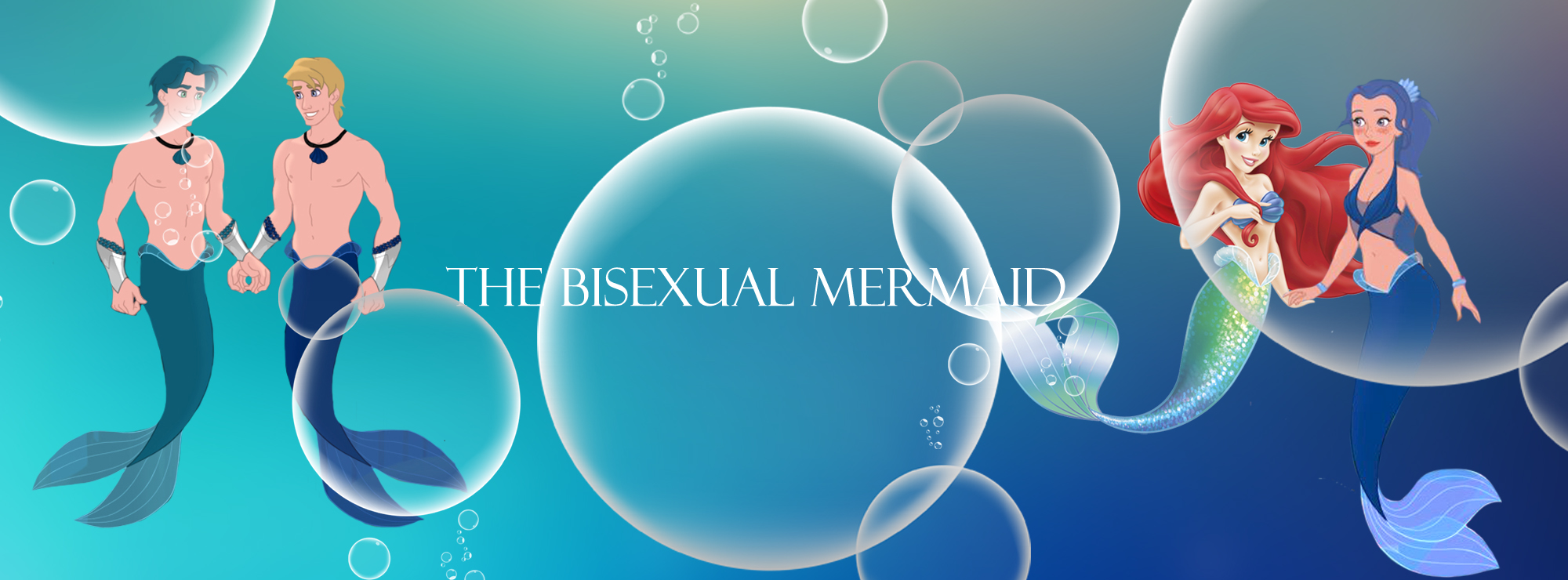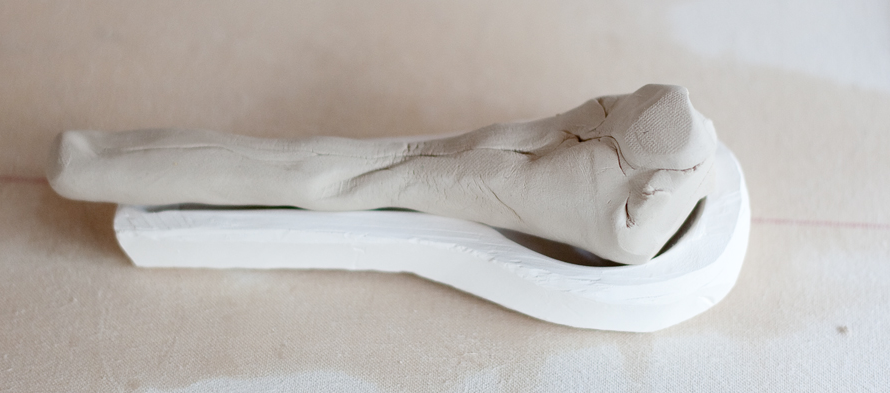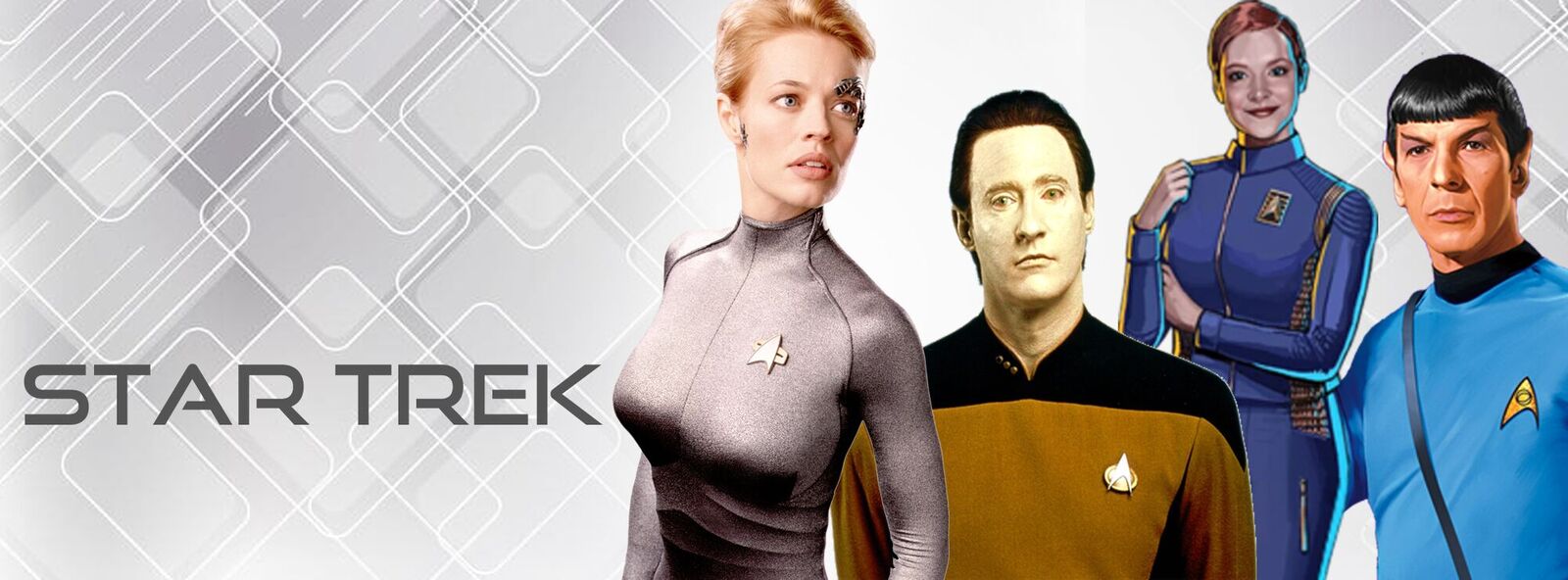A safe place in space // for who feel marginalized // empowered misfits
One of my best friends is a true activist. He stands on the barricades for equality, for better wages for workers, for a basic income, to solve the climate crisis and more. I admire that enormously. Because of my autism, I am scared to death of large crowds of people. The only moments that I dare to face them is when I can perform—be it for hundreds or even thousands of people in a church, concert hall or stadium—because then they are there and I am here, on stage: sheltered, secluded, and safe. Sometimes I blame myself for being too cowardly to stick my neck out. But then I realize that I have a softer, quieter form of resistance: my writing.




